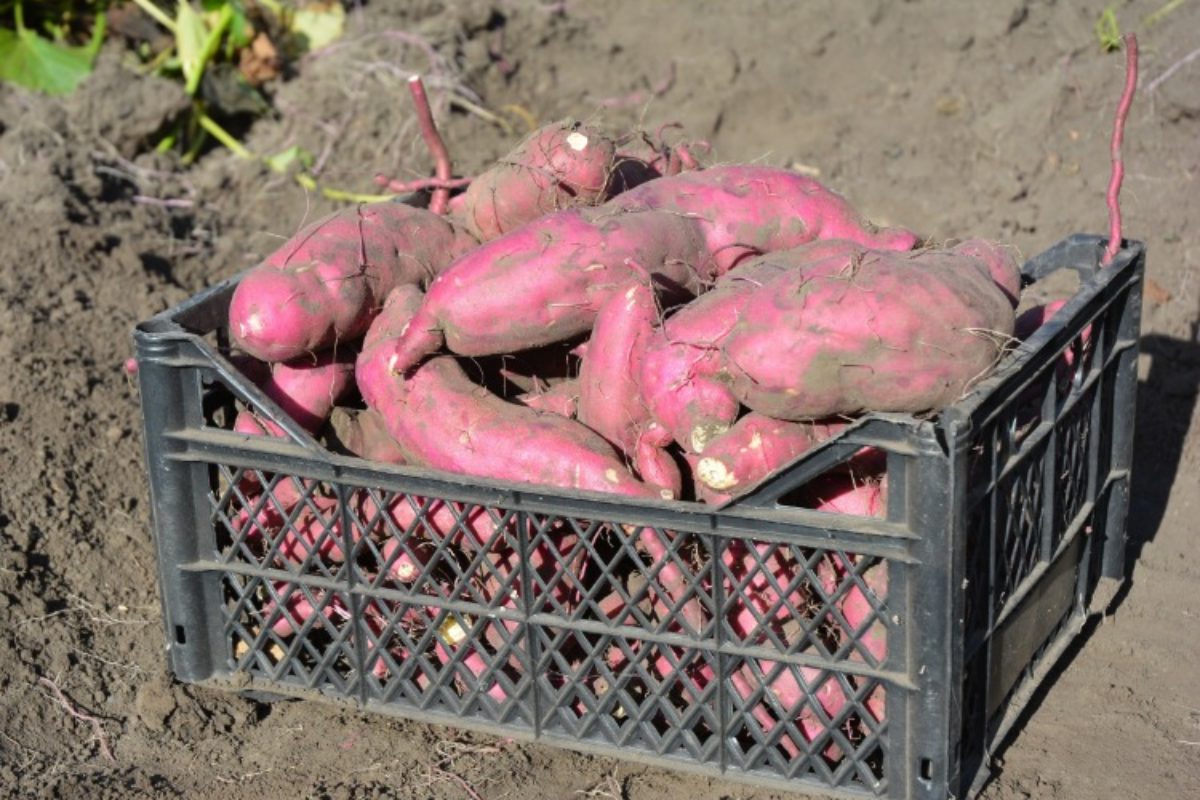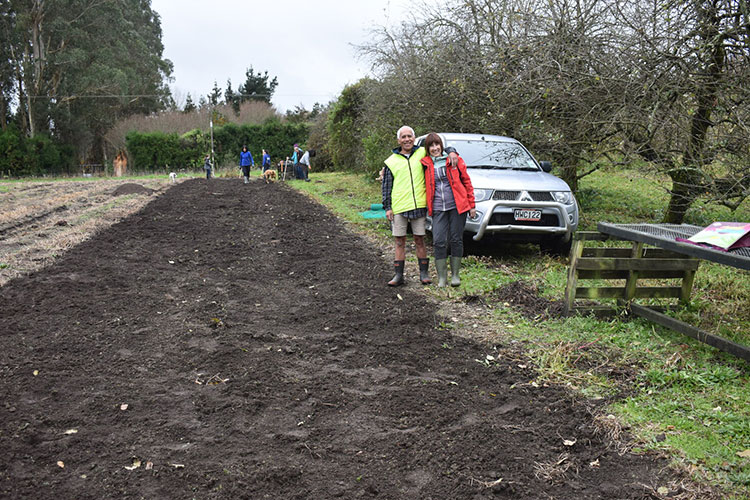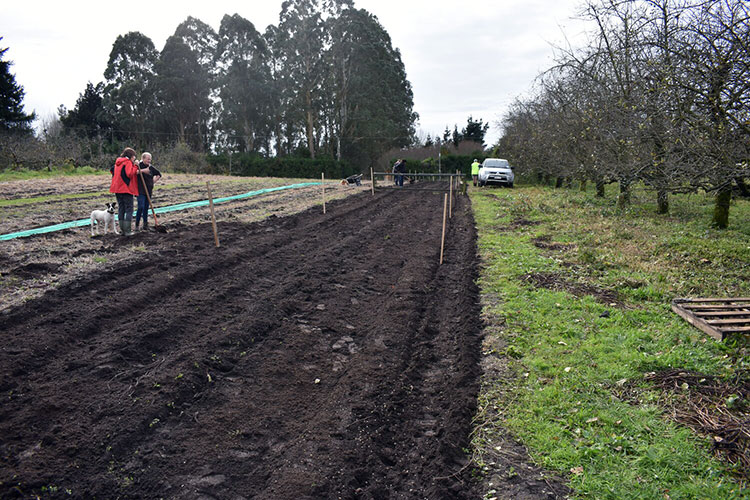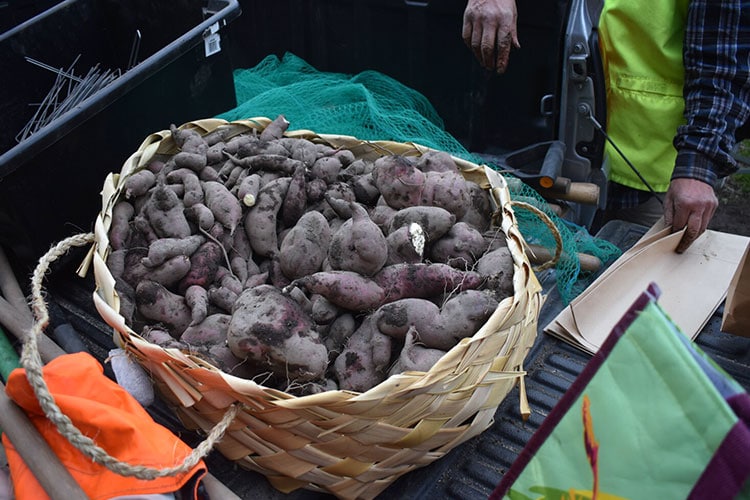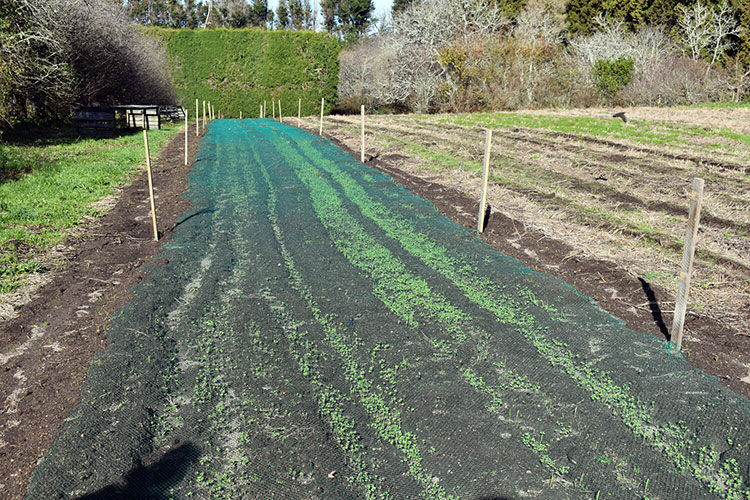Ata has been working with the Kai Rotorua Project for over 3 years now, providing advice on regenerative farming.
As a trusted advisor, we help the project incorporate regenerative methods in their food production, going a step beyond sustainable to create a system that creates healthy food production.
Kai Rotorua
Starting with a group of 30 local volunteers, Kai Rotorua has now grown into a non-profit group made up of over 130 people and organisations.
The project began as the Rotorua Local Food Network, and got off to a flying start, with 68 back gardens planted in the space of a single week back in July 2016.
This was a clear indication of how whanau and schools could come together as a community, galvanizing passionate volunteers.
The aim of the network was to make healthy, locally grown food affordable and accessible for the whole community, and to support sustainable, local food business & farming.
The project has created networking events, community educational workshops, gardening education in schools, and even established a farmer’s market.
The aims of the project
For the last 30 years, Rotorua has produced meat and dairy but little else in terms of food.
Food insecurity affects a large proportion of the local population, with nearly a third reporting that they go without fruit and vegetables in order to pay their bills.
Māori are disproportionately affected by food insecurity; many have lost their connection with Papatūānuku and have grown up without the traditional knowledge around how to grow their own kai.
The purpose of Kai Rotorua is to reconnect people to Papatuanuku (land) through Kai (food), resulting in a resilient, well-nourished, well-connected community.
Through community members working together, it is hoped that everyone can afford and have access to quality, nutritious food – food that is culturally appropriate and within the limits of the climate and environment.
Educating the next generation to support the community and gain an understanding of food is important, as is inspiring in a fun and passionate way.
Kai Rotorua’s ultimate goal is to create an ecologically and socially sustainable local food system that gives back to the richness of the soil and land, while giving the people plenty to live on.
How it works
Grassroots education in local schools is fundamental in keeping this project going for future generations. Teaching kids about kumara, rīwai and Māori potato production is just one way the project keeps the local food system sustainable.
They also conduct trials on growing methods that fit with the Rotorua Lakes catchment restrictions, which is where Ata can help a lot. The same goes for trialing income-generating methods to self-fund the community projects and work in the schools.
Community is also a big part of the project, and by hosting networking events and community workshops, along with selling produce locally and supporting other food producers, the circle of production, distribution and consumption is complete.
Planting kumara
The conventional preparation for planting uses tillage and sprays, but this works against the conditions in the soil required for healthy food production.
Ata Regenerative has helped Kai Rotorua in creating a system to grow kumara and potato using regenerative principles learned from nature.
Commercial growing of produce uses a polythene cover to protect the crop, raising the temperature of the soil and allowing for an earlier start, but this is not a natural process, cutting off the sunlight and decreasing photosynthesis.
The most important aspect of growing plants is capturing the suns energy through photosynthesis and tuning this into carbohydrates which feed the biota in the soil. The roots of the polyculture of cover crops provide nutrient to the kumera and potatoes when planted and help build organic matter and supports effective water and mineral cycles. This will produce greater health in soils and produce.
This trial will help demonstrate that nature can provide for us if we let it. We look forward to being able to use these natural systems across the entire orchard.
Steps of farming
Step 1: Prepare mounds for planting in late spring with minimal disturbance of ground.
Step 2: Some of the treasure we recovered.
Step 3: Sow cover crops to protect from birds.
Step 4: Cover crops of mustard, oats and lupins starting to emerge.
Regenerative is the future of farming
Ata have been using regenerative farming practices across New Zealand and beyond, with great success.
Our science-based method brings our methods back to the way they used to be, giving the land a chance to renew and replenish.
This not only improves farming land, but brings back economic returns to the community, ensuring a continuous circle of growth and prosperity.
As the only EOV (Ecological Outcome Verification) provider in the country, a certified hub of the Savory Institute, and two decades experience pioneering the regenerative process, we can help you make the switch to more sustainable farming practices.
If you would like to know more about Ata Regenerative and how we can help your farm like we have helped Kai Rotorua, then please don’t hesitate to contact us today.
Ata Regenerative are at the forefront of regenerative agriculture practice in New Zealand. With 17 years working in the regenerative space and as the Savory Hub for NZ, Ata Regenerative is the only certified Ecological Outcome Verification provider in New Zealand. Ata Regenerative can assist with your transition to farm practice that focuses on the regeneration of soils, increased productivity and biological diversity, as well as economic and social well-being.


